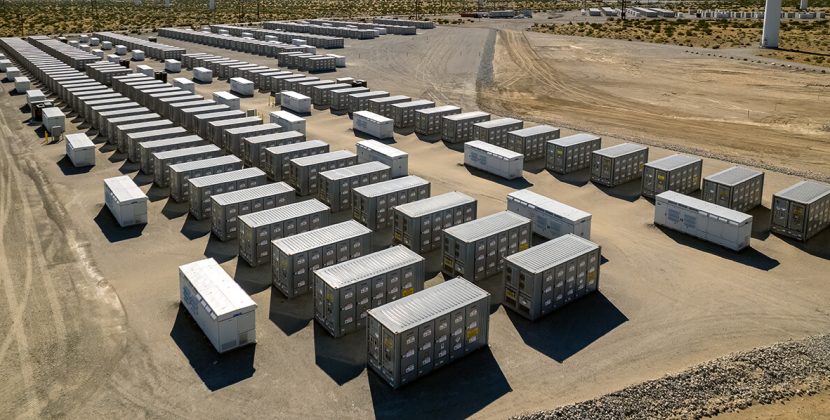
We all know that time is money, especially in the business world. However, with so many tasks and responsibilities on their plates, how can executive teams effectively manage their time? The answer lies in collaboration. By working together towards a common goal and utilizing each other’s strengths, executive teams can achieve greater efficiency and free up valuable time to focus on core business goals. In this blog post, we’ll explore what efficiency means in the business world, how collaborative work can help achieve it, and real-life case studies of businesses that have successfully utilized collaboration to boost productivity. Let’s dive in!
Defining efficiency in the business world
Efficiency is a crucial element in the world of business. In simple terms, efficiency refers to doing more with less. It means achieving maximum output while minimizing input. The ultimate goal of efficiency is to increase productivity and profitability while using fewer resources.
Efficiency can manifest itself in many ways within an organization. For example, streamlining processes, automating tasks, and reducing waste are all examples of practices that promote efficiency.
In order for a company to be truly efficient, it must have a clear understanding of its goals and priorities. By having a well-defined mission statement and core values, employees can work towards common objectives that align with the overall vision of the organization.
Furthermore, communication plays a crucial role in promoting efficiency within an organization. Clear communication helps reduce misunderstandings and errors which ultimately lead to wasted time and resources.
Ultimately, being an efficient business means focusing on what really matters – maximizing profits while minimizing costs through effective collaboration among team members towards common goals.
How collaborative work can help achieve efficiency
Collaborative work is the foundation of efficiency in today’s business world. It involves multiple individuals working together towards a common goal, sharing their knowledge and expertise to achieve optimal results. With collaborative work, businesses can streamline processes and eliminate redundancies that may impede progress.
Collaborative work encourages communication within teams, leading to better decision-making and problem-solving. By pooling resources and ideas from different departments or team members, companies can come up with innovative solutions that they may not have been able to achieve on their own.
Efficient collaboration requires clear goals, roles, responsibilities, and timelines for each team member involved. Each individual must possess specific skills required for the project at hand but also be willing to learn from one another as it progresses.
With efficient collaboration comes increased productivity due to the elimination of tasks duplication; hence there is less time spent redoing tasks already done by someone else or correcting errors made out of miscommunication.
In summary, collaborative work promotes teamwork which fosters mutual respect among peers while promoting company culture through interaction among employees across various departments.
The benefits of an efficient executive team
An efficient executive team is one that has mastered the art of collaboration and delegation. Such a team can produce results far beyond what an individual could achieve alone. The benefits of having such a team are numerous.
Firstly, an efficient executive team can meet business goals faster. Collaborating on projects allows for quicker decision-making and more streamlined processes, enabling the company to respond quickly to changes in the market or customer demand.
Secondly, efficiency means cost savings. By working collaboratively, executives can identify areas where resources are being wasted or duplicated and streamline operations accordingly.
Thirdly, an efficient executive team fosters innovation. When individuals work together towards a common goal, creativity flourishes through brainstorming sessions and open communication channels.
Having an effective leadership team instills confidence throughout the organization. Employees feel secure in knowing that their leaders have a clear vision for success and are actively working towards achieving it through collaborative efforts.
In summary, an efficient executive team is essential for any successful business looking to maximize productivity while keeping costs low and maintaining high levels of employee morale.
Case studies of businesses that have utilized collaboration to achieve greater efficiency
Collaboration has become a key factor in achieving greater efficiency for businesses today. Many companies have implemented collaborative practices to streamline their operations and improve productivity. Let’s take a look at some case studies of businesses that have successfully utilized collaboration to achieve greater efficiency.
One example is Microsoft, which adopted the Agile methodology to improve its software development process. By breaking down projects into smaller tasks and encouraging collaboration among team members, Microsoft was able to reduce development time by 30% while improving product quality.
Another successful example is Toyota, which implemented the “kaizen” philosophy of continuous improvement through collaboration among employees at all levels. This resulted in significant improvements in production processes, leading to increased efficiency and cost savings for the company.
In the healthcare industry, Mayo Clinic established a Center for Innovation that brings together experts from various fields to collaborate on solving complex healthcare problems. The center’s collaborative approach has led to numerous innovations in patient care and operational efficiency.
Online retailer Zappos implemented Holacracy – a self-management system that encourages employee autonomy and cross-functional collaborations. This allowed Zappos employees more freedom while also reducing bureaucracy within the organization.
These examples illustrate how collaboration can lead to improved efficiencies across different industries and business models.
The future of efficient business practices
As businesses continue to grow and evolve, the need for efficiency becomes even more crucial. By utilizing collaborative efforts within executive teams, companies can streamline processes and allocate more time towards core business goals. The benefits of an efficient executive team are numerous: increased productivity, improved decision-making skills, and enhanced company culture.
Looking ahead, it’s clear that the future of efficient business practices will be dependent on collaboration between all levels of employees – from entry-level staff to top executives. As technology continues to advance at a rapid pace, we can expect to see new tools and platforms emerge that make collaboration even easier than before.
In order to stay competitive in today’s fast-paced business world, it’s essential for companies to embrace collaborative efforts and maximize efficiency wherever possible. With this mindset in place, businesses will be well-positioned for success both now and in the future.










